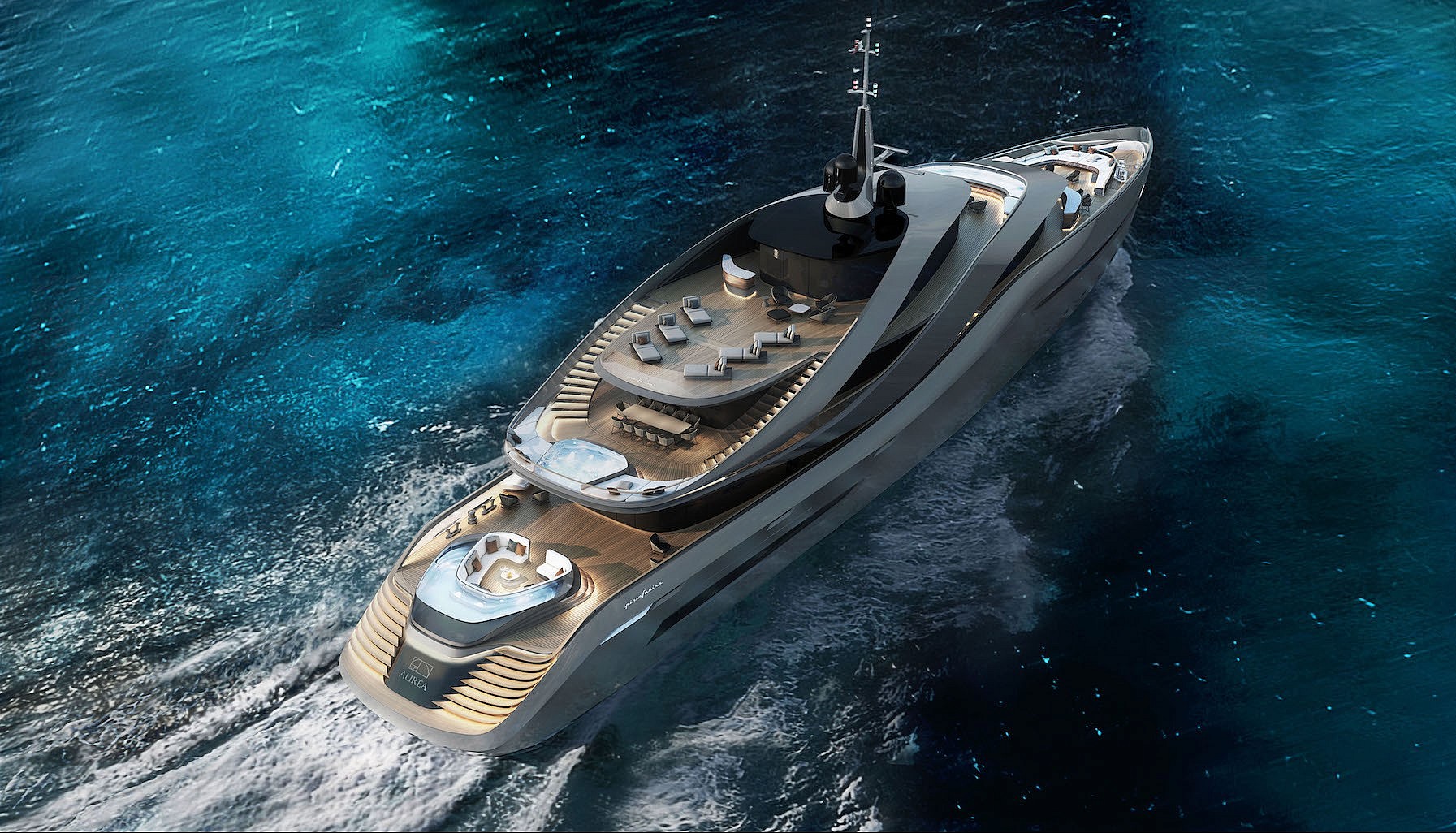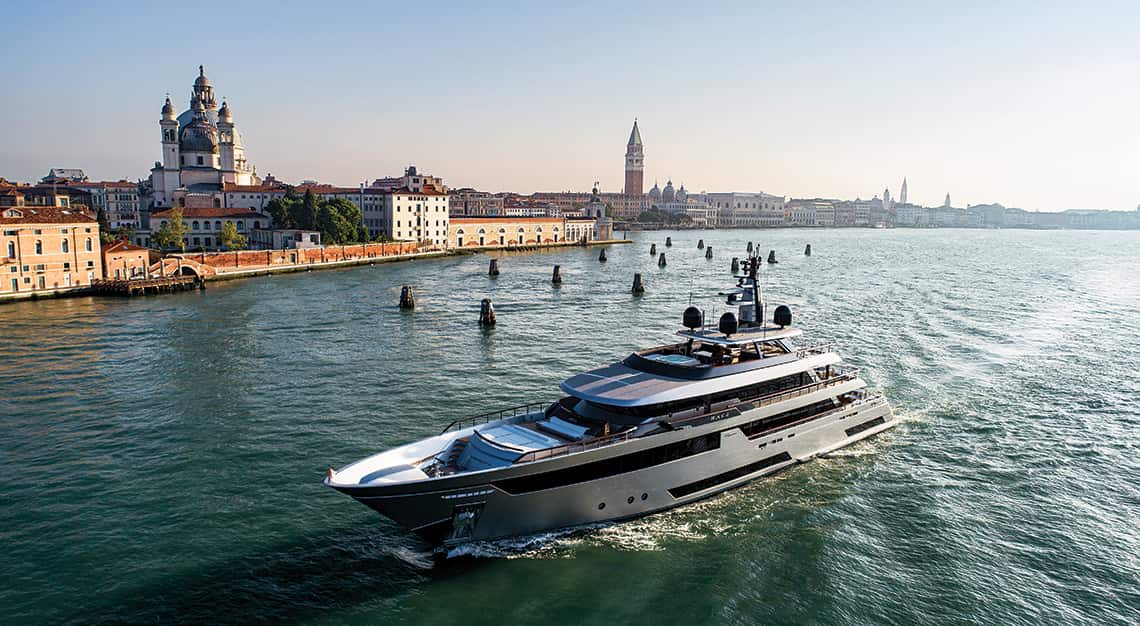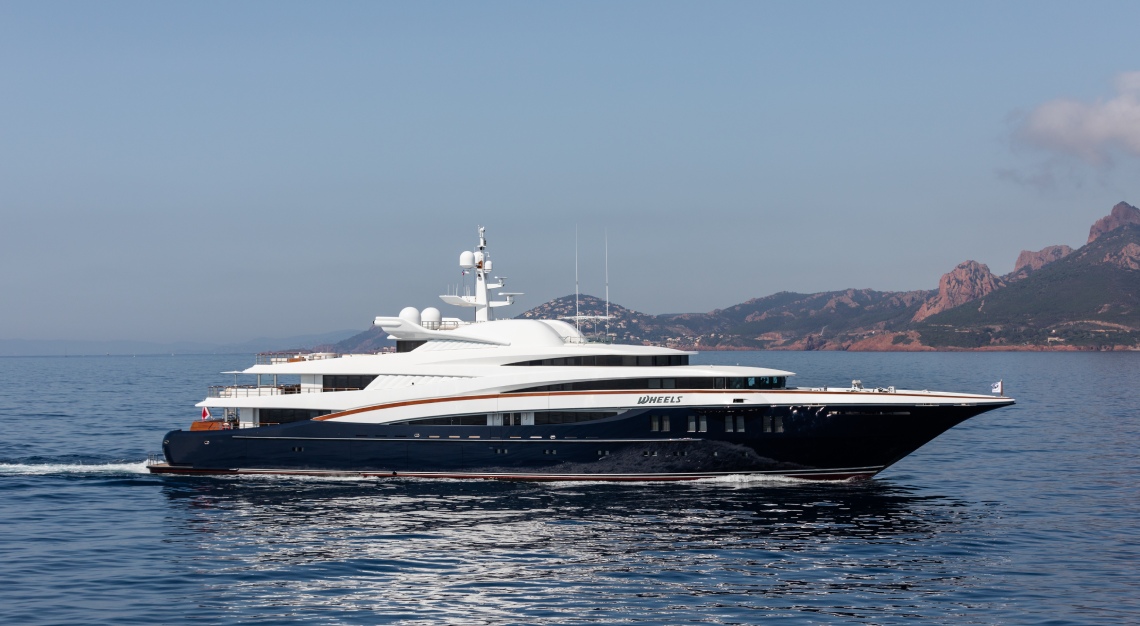How do you buy a new superyacht at a fraction of its list price? Fractional ownership. The private-jet business model is moving to yachts
A 2022 Bugatti Chiron supercar, top speed 350 km/h, would set you back a cool US$3.3 million (S$4.6 million). Hard to believe that, for the same money, you could become the proud owner of a brand-new, 42-metre, Italian-built superyacht worth about US$23 million (S$32 million).
The yacht is the rugged, explorer-style Dream FL42 designed by the Swiss yacht management company Floating Life. It will start construction at the CCN yard in Carrara, Italy, early next year. When it’s launched in 2025, it will have room for 14 guests in seven cabins.
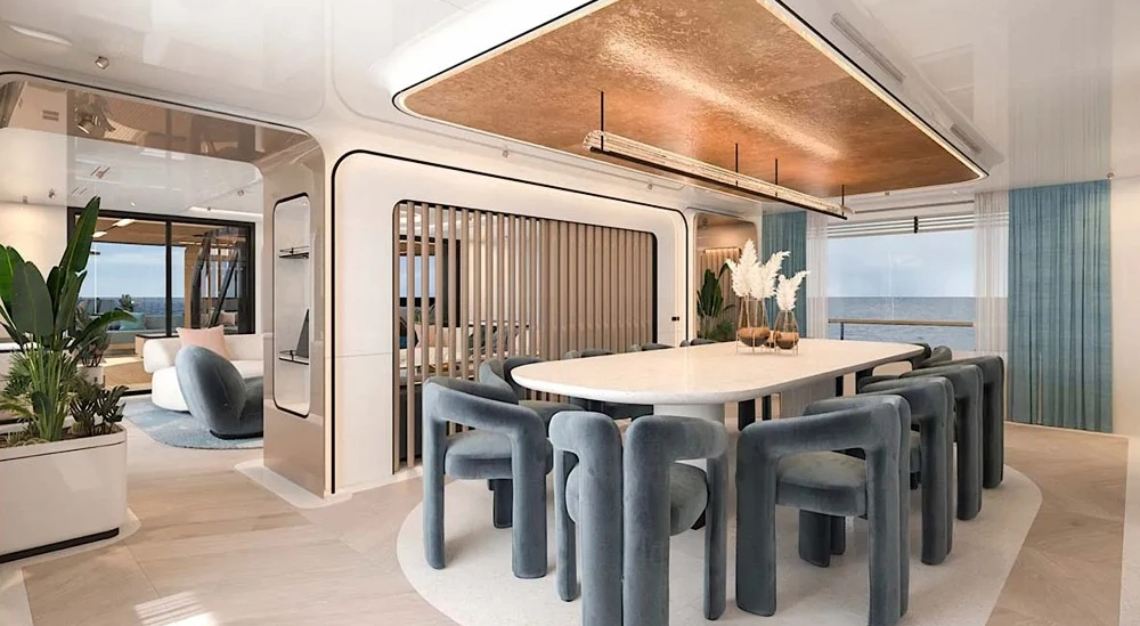
How is ownership possible for a fraction of the price? Fractional ownership. The one-asset, multi-owner business model has been popular with business jets for decades, though it never really caught on in the yachting world
Floating Life is hoping to change that. “It’s the price of one of seven equal shares,” Filippo Rossi, Floating Life’s commercial director, told Robb Report. “It offers all the joys of superyacht ownership, but without the headaches.”
An owner would get a total of 31 days of using the yacht each year, split between the Mediterranean in the summer, and Caribbean in the winter. Annual running costs of about US$250,000 (S$350,000) would also be part of the ownership scheme.
That fixed fee would cover all operating and maintenance costs, technical support, crew management, logistics, and 24/7 access to Floating Life’s concierge service.
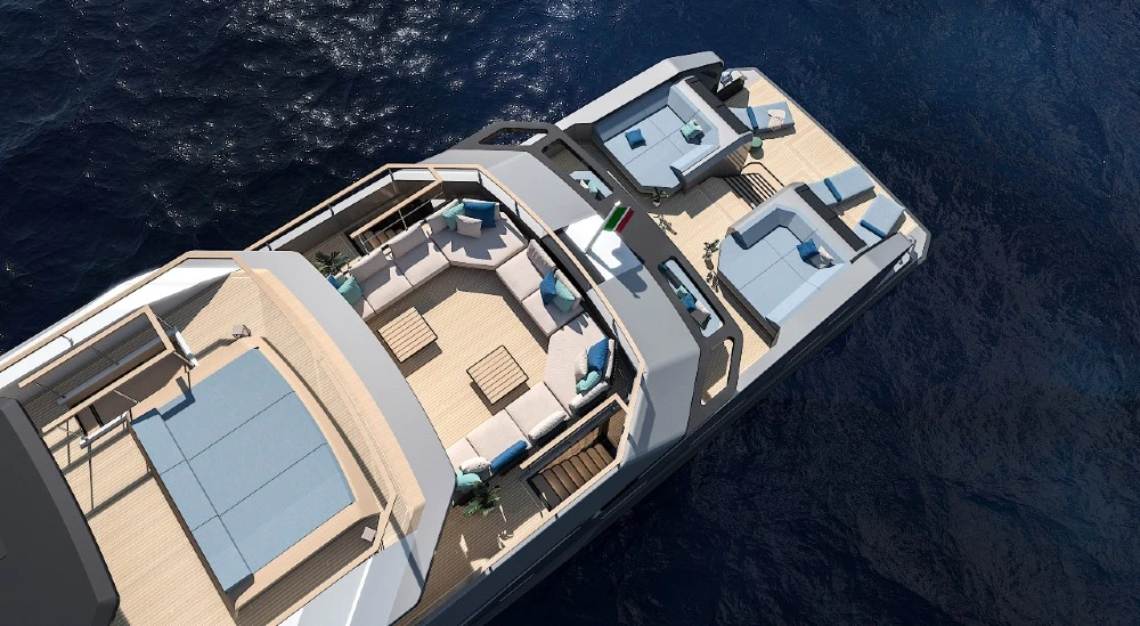
While Floating Life has been involved in fractional ownership for the past 15 years, its new FL42—christened “Dream”—is the first yacht the company is building from scratch. Designed by Floating Life co-founder Andrea Pezzini, its interior is by the Rome-based Satura Studio, with naval architecture by Zero13
Featuring a steel hull and aluminium superstructure, the yacht’s range will be over 5,000 nautical miles, with power from a pair of Caterpillar C32 diesels.
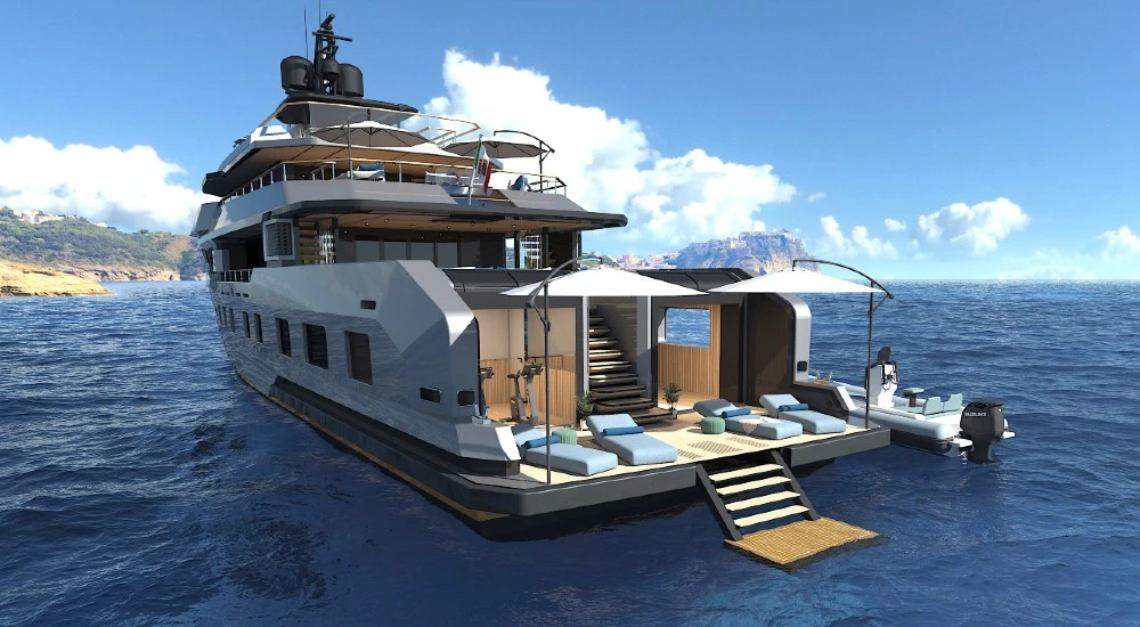
The yacht, says Rossi, has been designed to suit the demands of fractional ownership with a focus on flexibility and oversized interior spaces. That includes an expansive beach club and spa at the stern, and six huge exterior entertaining and relaxing areas on the three decks.
A novel feature is the location of the engine room deep in the hull. Not only does it lower the yacht’s centre of gravity and improve stability, but it also allows the lower deck guest cabins—four VIPs and two twins—to be positioned above it providing same-level, no-stairs access to the beach club. The full-width owner’s suite is on the main deck, with twin drop-down balconies.
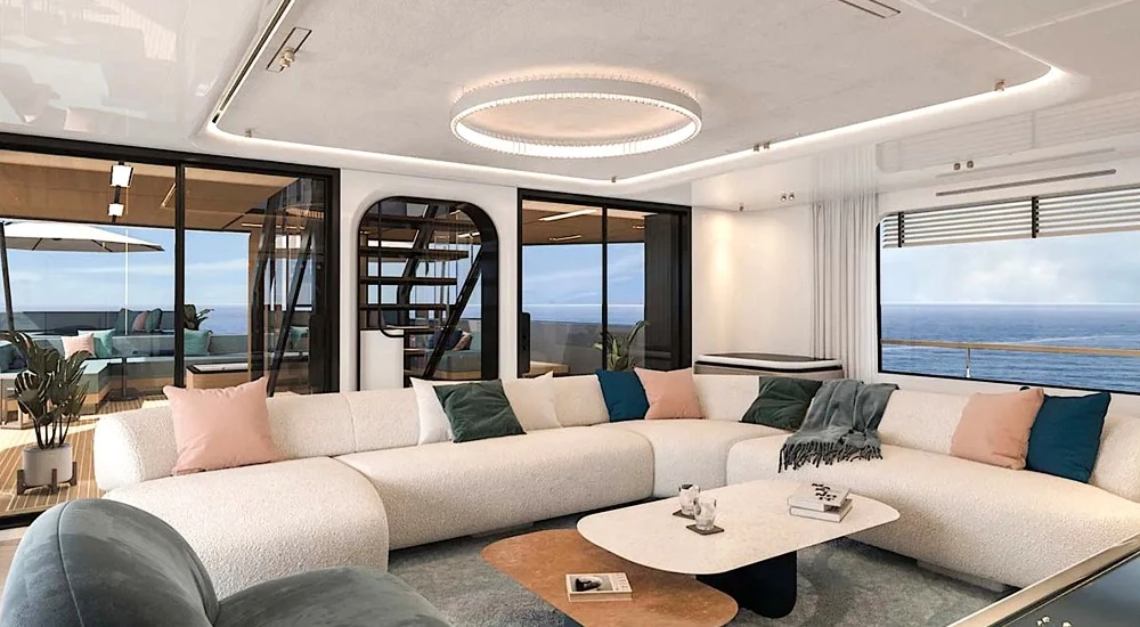
Satura Studio’s interior design is intentionally neutral with 50 shades of grey, white and beige. The one downside of fractional ownership is that owners can’t incorporate their personal tastes. No wild colours, no crystal chandeliers, no funky art that might not meet the tastes of the other six owners.
Another negative is that use is limited to 31 days, so no last-minute getaways and no guaranteed slot for New Year’s Eve in St. Barth’s. And if the majority of owners decide to send the yacht to a cruising area you don’t like, you might have to accept the consensus. Rossi says owners can sell their shares at any time and charter the boat if they don’t want to use their time slots.
Two owners, both new to fractional ownership, have reportedly signed up to buy a share of “Dream.”
“These are people who could easily afford their own superyacht, but don’t have the time to use one for more than four weeks a year,” says Rossi. “Yes, they can charter, but they tell us they like the idea of being a shareholder in a yacht and crew they know.”
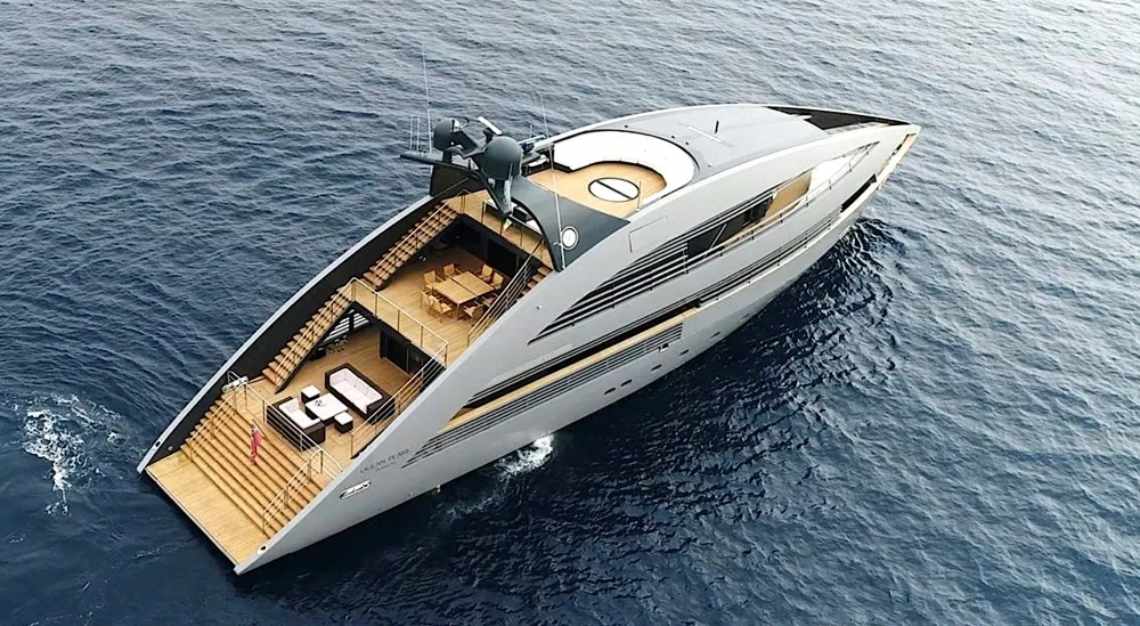
Floating Life can offer a stake in the company’s original fractional ownership yacht, the well-known 41-metre Rodriguez-built “Ocean Pearl.” The polarising design by Lord Norman Foster is available for a US$500,000 (S$695,000), or the price of a new Ferrari SF90 (MSRP US$511,000, S$711,000).
As for comparing fractional ownership between jets and yachts, Rossi says it’s a matter of apples and oranges. “With a jet all you are doing is buying time for different hours, and typically for business travel,” he says. “With yachts the focus is different. It’s about pleasure, relaxation and being with family and friends. It’s a different kind of commitment.”
This story was first published on Robb Report USA



